German U-boat sinks fishing schooner off Cape Porpoise 1918
Five German U-Boats cruised the Gulf of Maine during the final months of WWI. U-156 first appeared in July of 1918. She sank thirty-five vessels before succumbing to a mine off the Norwegian coast. Twenty of them were commercial fishing boats.
The folks at Cape Porpoise had heard rumors that the enemy was near, and they were suspicious of every foreigner that came through town that summer. Their apprehensions were validated when a dory carrying three exhausted fishermen from Gloucester, Massachusetts, appeared in Cape Porpoise Harbor at 7 o’clock on the evening of July 23, 1918.
The exhausted fishermen, J.E. McKenzie, Nicholas Fernald and Fred Martells were taken to the store of L.E. Fletcher for refreshments where they relayed the details of their ordeal. Fred Eaton, a gillnet fisherman who lived on Langsford Road, invited the trio into his home to recuperate. While his wife Nellie made them comfortable and prepared them a good hot meal Fred Eaton and his neighbors Hartley Huff, Dexter Hutchins, and Bert Ridlon went out in motorboats to see if Capt. Wharton and the remaining nineteen members of the crew could be found.
At 10 o’clock on the previous morning the 140-ton knockabout schooner, Robert & Richard had been making her way back to port with 90,000 pounds of fresh fish. She was 60 miles off Cape Porpoise when a shell came screaming across her bow. Just able to make out a long gray mass surfacing 200 yards away Captain Bob Wharton swung the schooner into the wind and ordered his crew to take to the boats. Everyone but the captain piled into six dories.
The Germans chatted with Capt. Wharton as they searched the cabin of the Robert & Richard. Kapitanleutnant Richard Feldt, who spoke perfect English, declared his mission. “I have been sent here to annihilate the American fishing fleet and I am going to do it.” The second officer told Wharton that he had sailed on American ships for many years before the war and had owned a summer home on the Maine coast since 1896.
Once the ship’s papers were confiscated the Germans placed a time bomb in the schooner’s hold and ordered the captain to row them back to the sub. They climbed aboard and then gestured to Captain Wharton and his men to move out. As the Gloucester men rowed away, they heard an enormous explosion. The Robert & Richard sank at exactly 10:33 am.
The weather was mercifully calm. Each of the dories, but one, was equipped with a single small sail. Occasional light puffs of southerly wind helped the little fleet make its way toward the Maine coast. Only one of the dories had two sails.
When the sun rose on the next morning, the three men in the fastest dory found themselves alone. They rowed in shifts all day and were nearly exhausted when they finally arrived at Cape Porpoise.
After a good night sleep at Fred Eaton’s house the Gloucester fishermen were taken to Portland. The rest of the schooner’s crew had already been found. One dory made it to the Cape Elizabeth Lightship and the rest of the crew was rescued at sea by the coal steamer Snug Harbor.
Scores of patrol boats and hydroplanes were sent out in pursuit of the enemy, but the submarine avoided capture. On the way home to Germany on September 25, 1918, the U-156 was destroyed trying to run through a mine field near Norway.



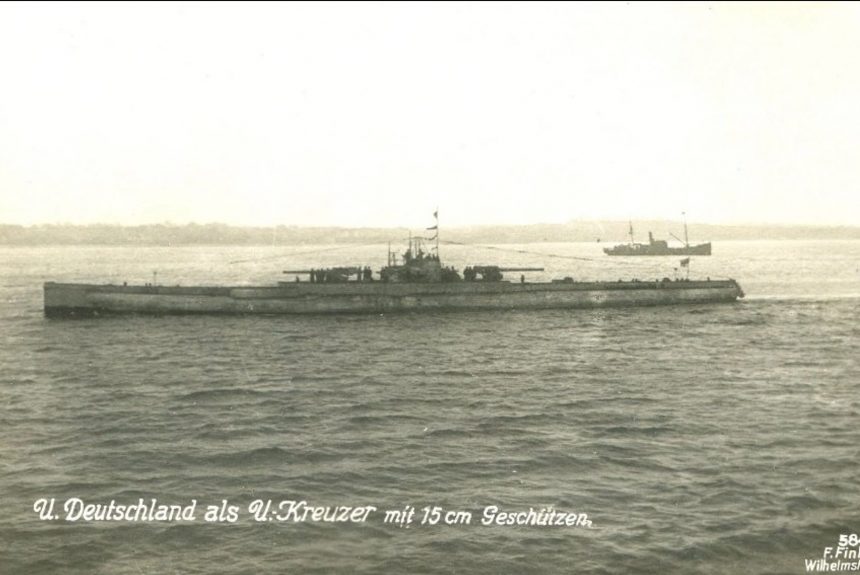
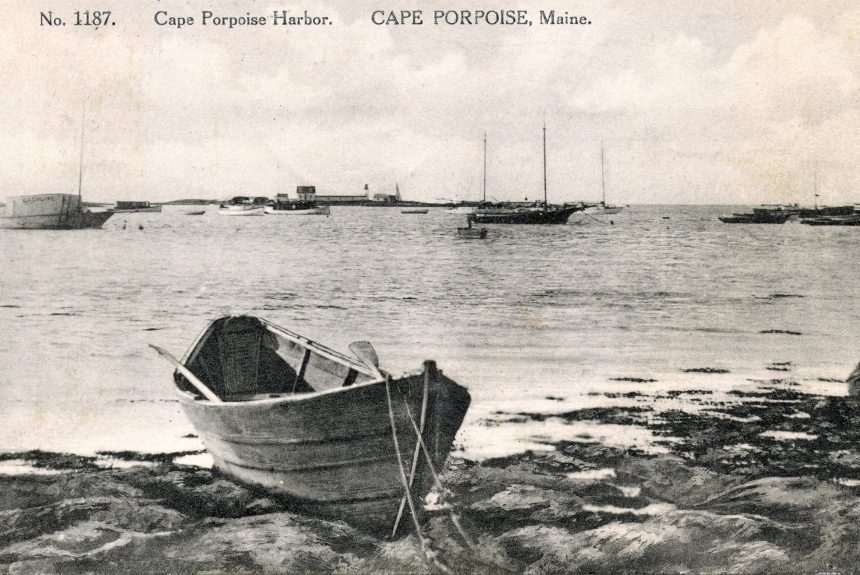
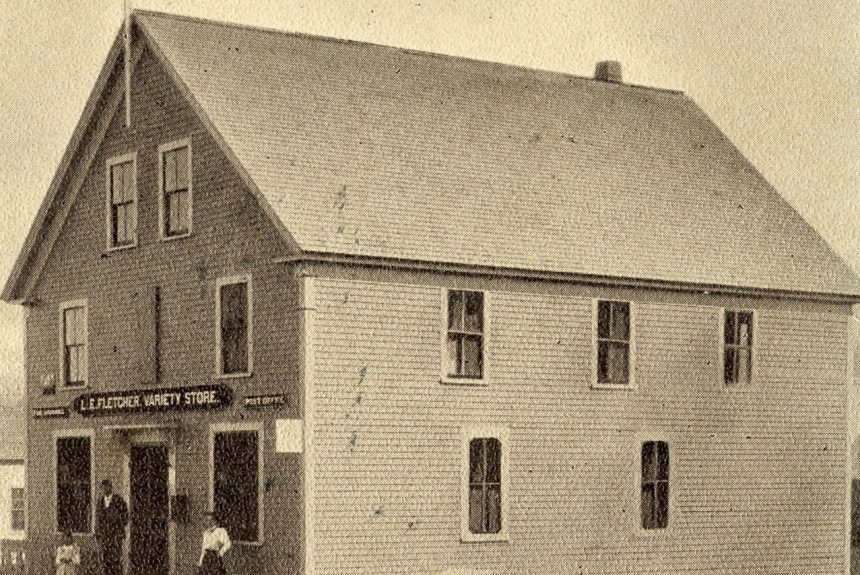
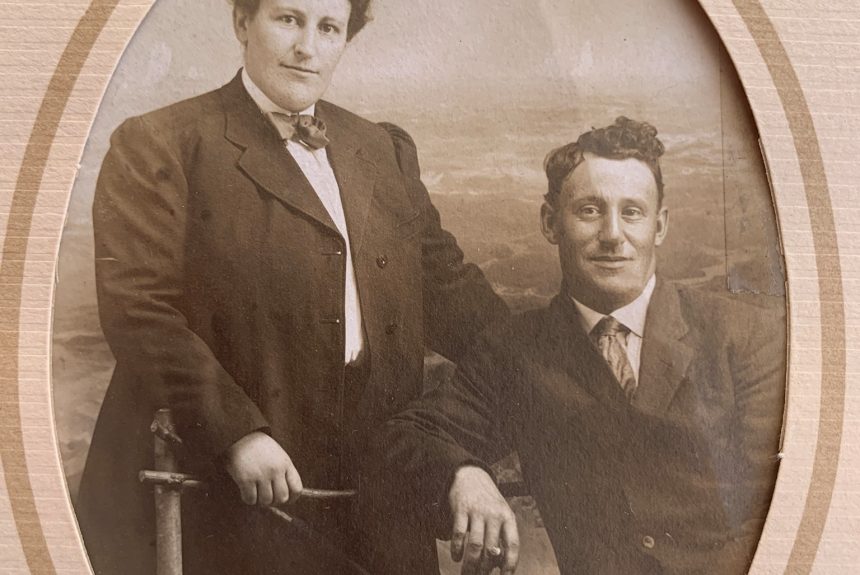
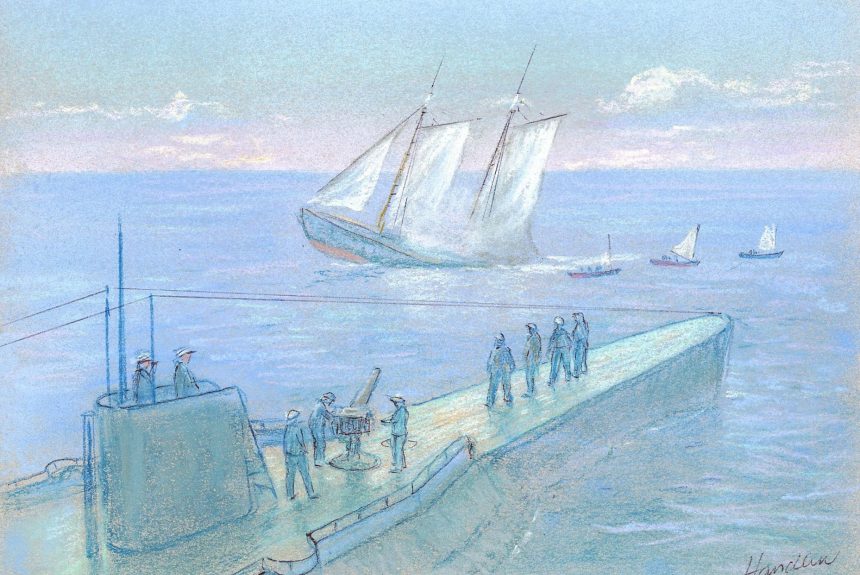
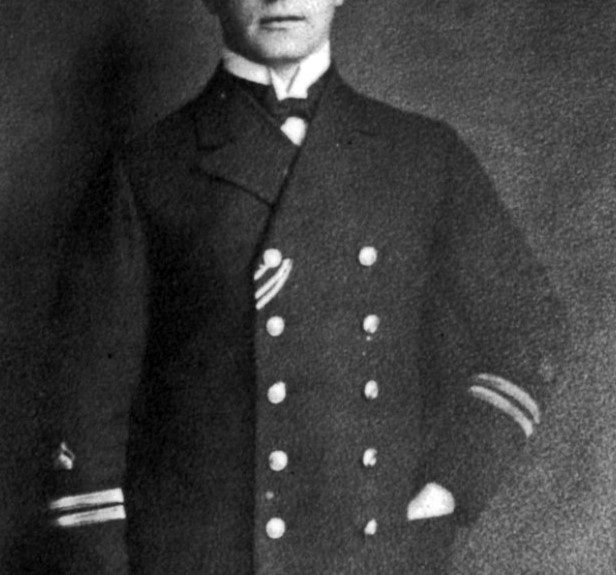
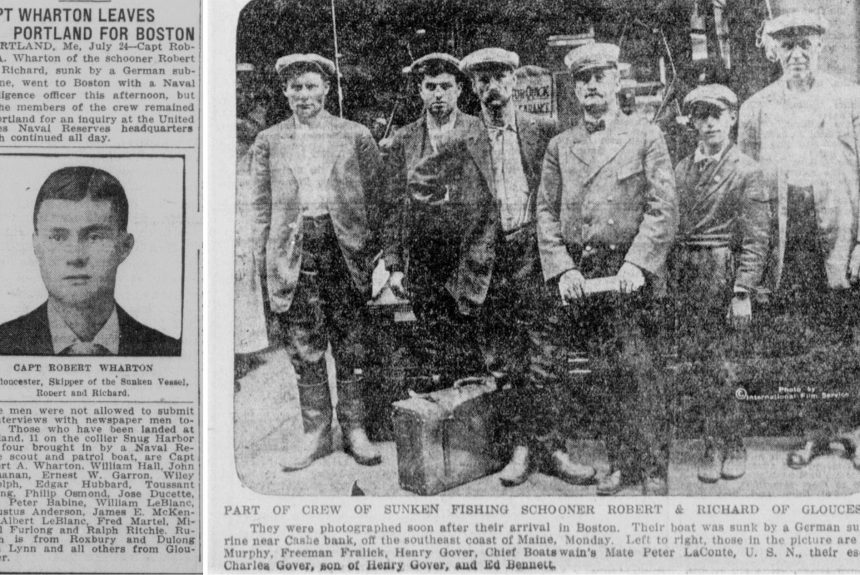
Leave a Reply